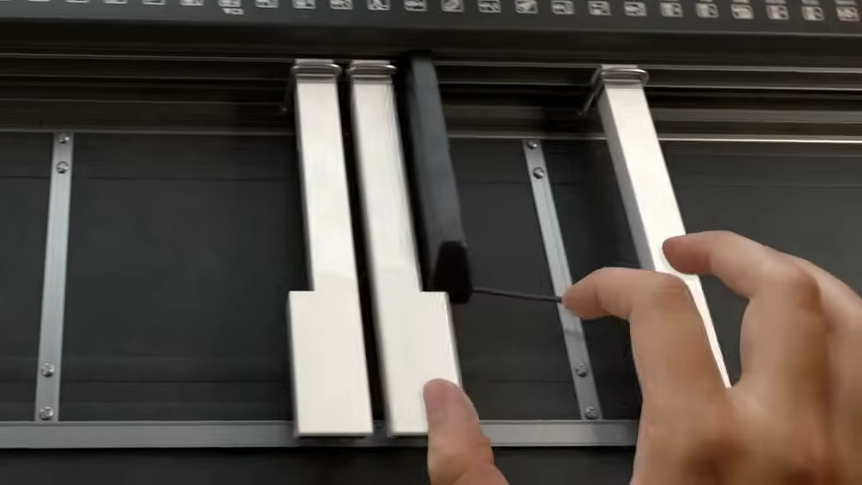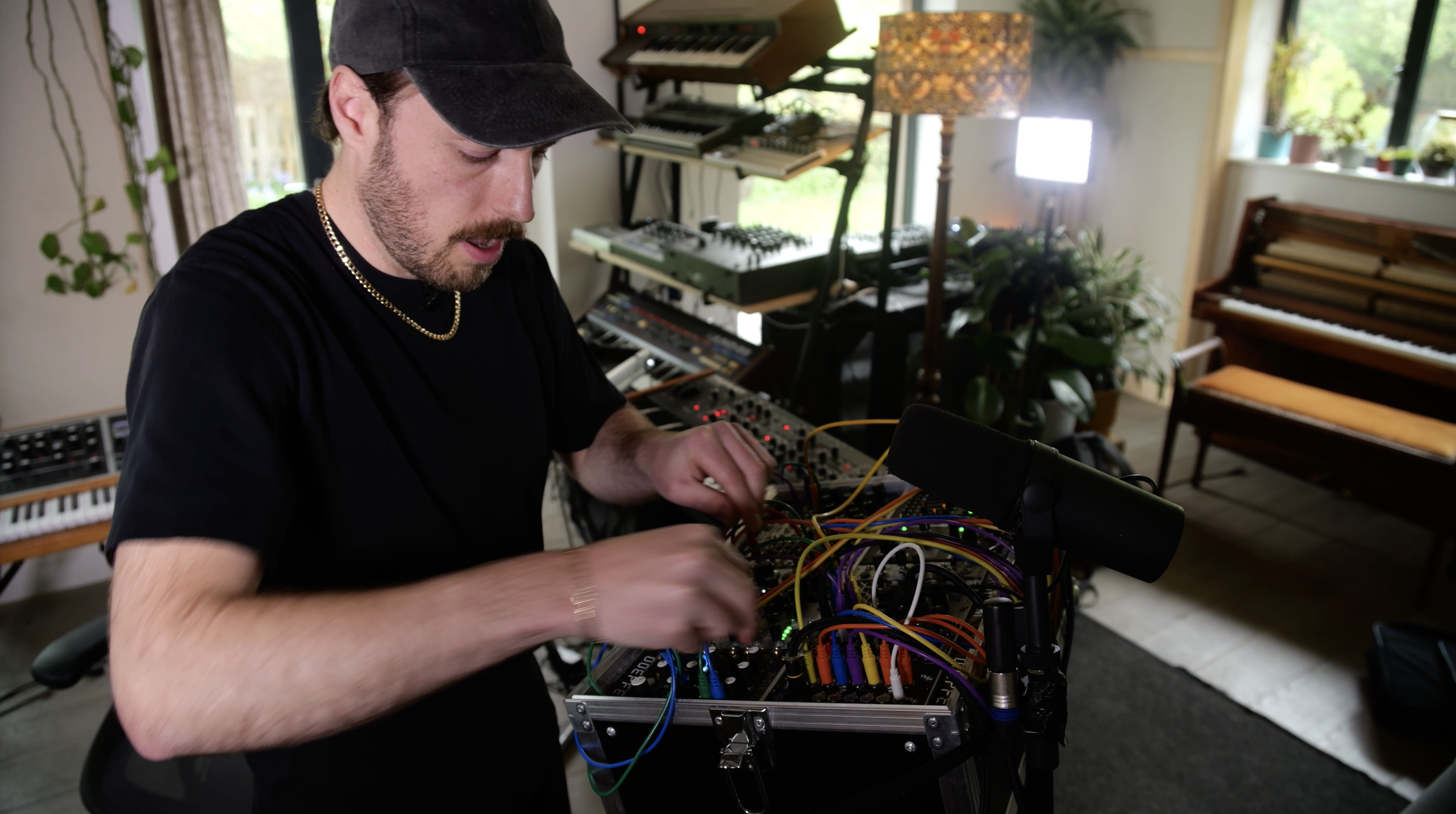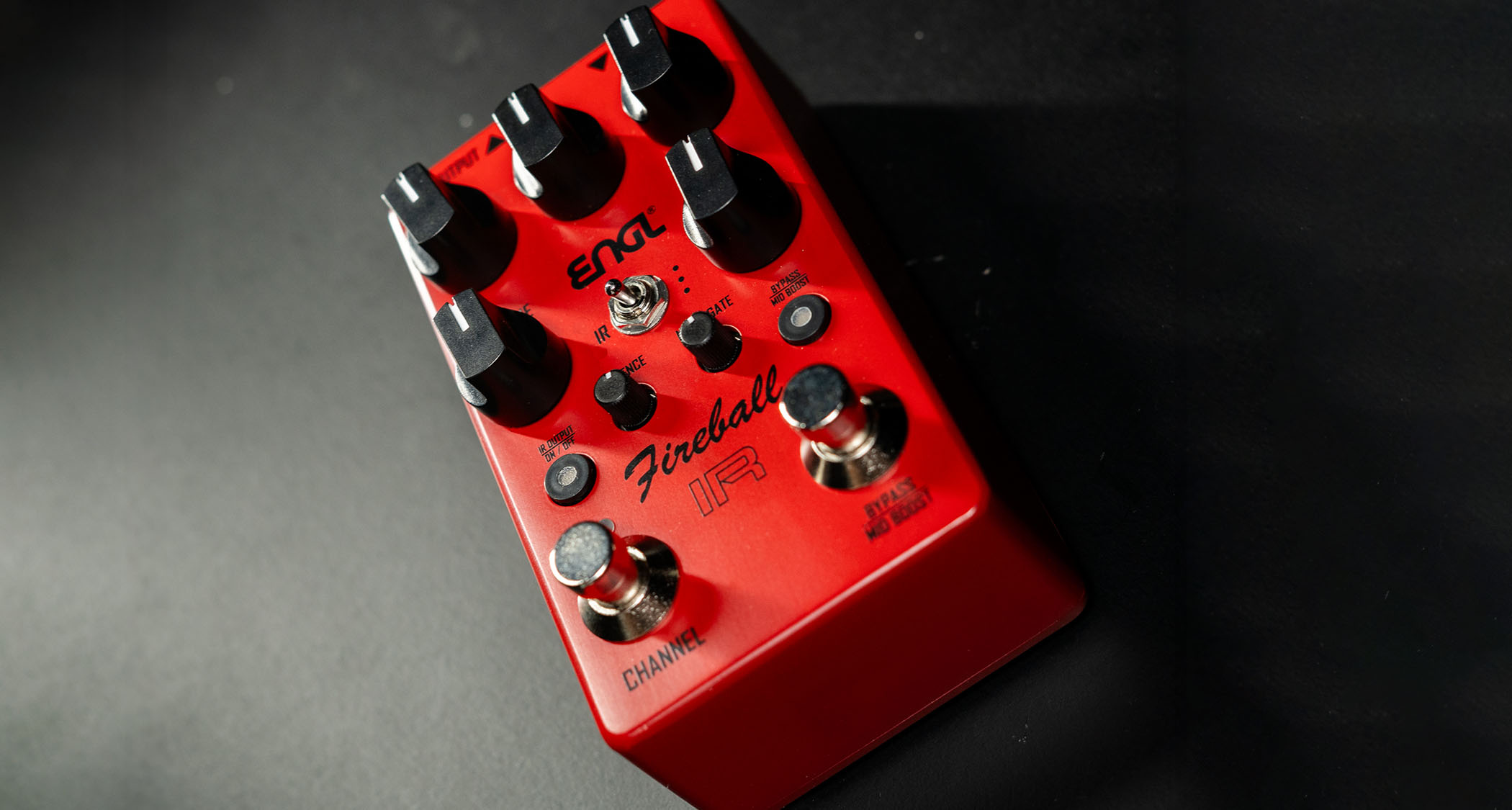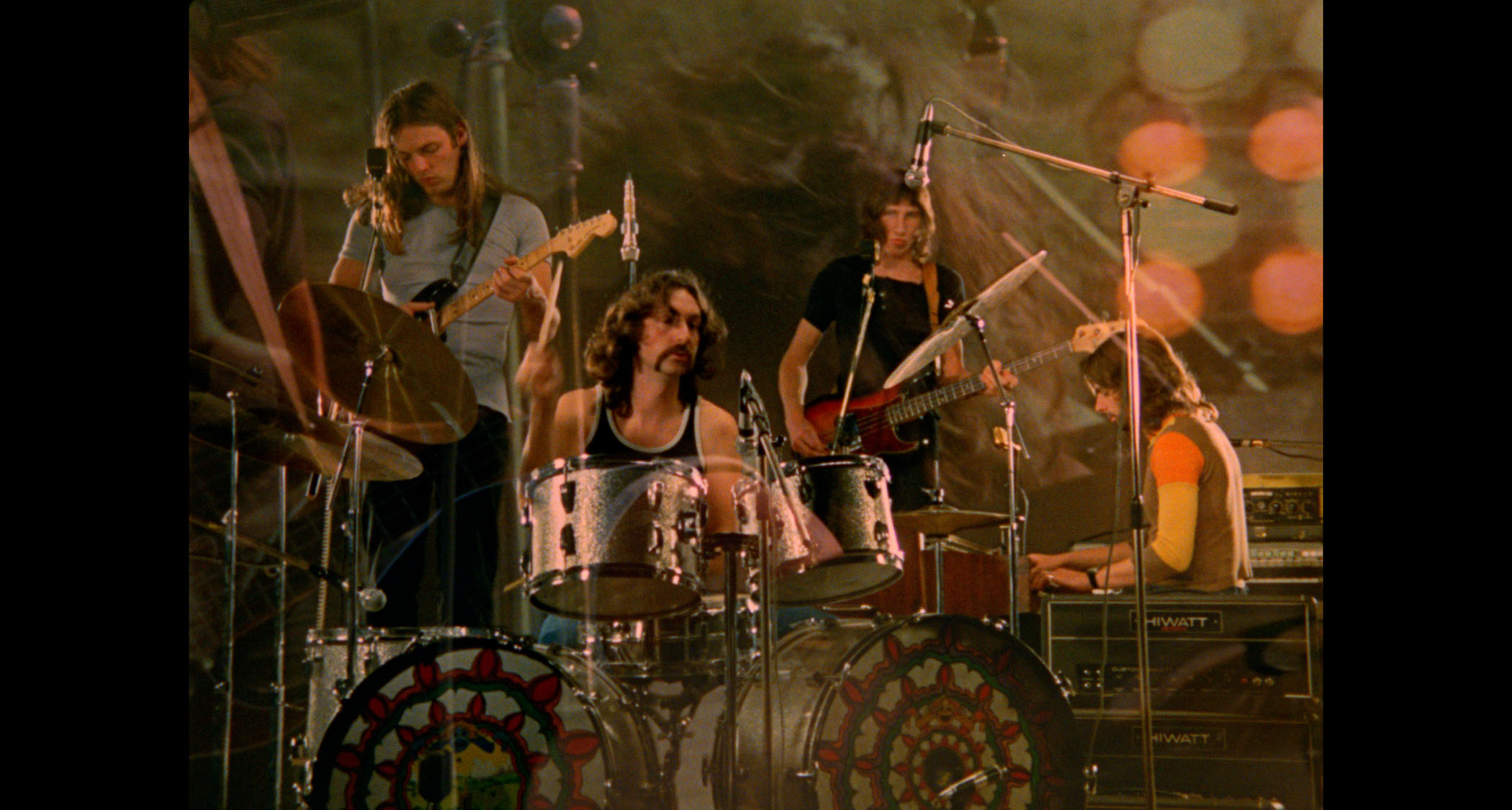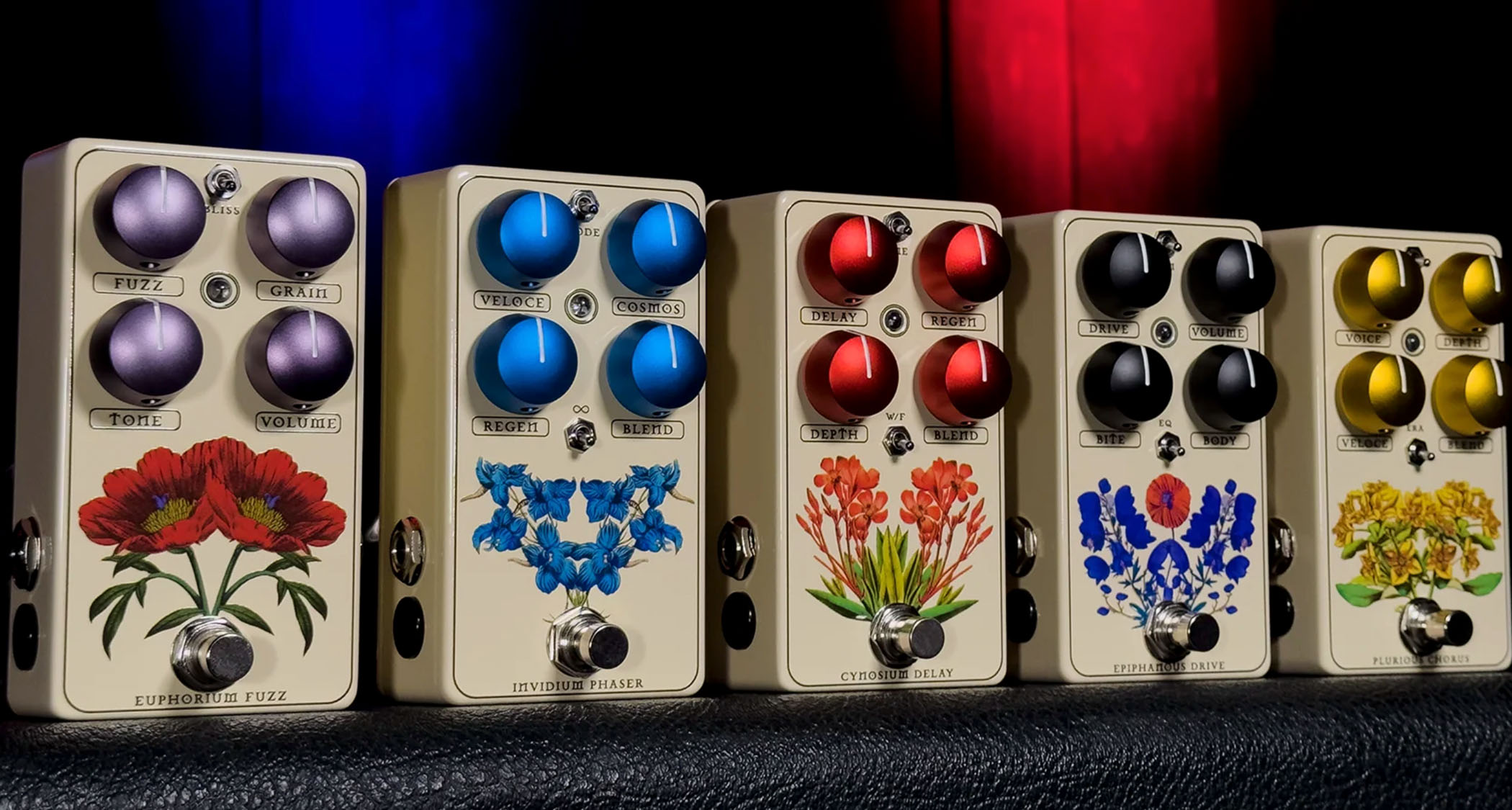GForce Software’s OB-E synth plugin brings back the mighty Oberheim 8-Voice
Eight SEMs in one massive instrument
After a few quiet years, GForce Software has unveiled what could turn out to be its magnum opus: the OB-E. A plugin recreation of Oberheim’s legendary 8-Voice synthesizer, this packs eight of Oberheim’s classic SEMs (Synthesizer Expander Modules) into a single unit, giving you a monstrous polyphonic instrument that GForce describes as a labour of love.
Each monophonic SEM offers two VCOs with pulse and sawtooth waveforms, two ADS envelope generators, one LFO, and a multimode filter. Bring these together and you have a massive 8-voice polysynth.
OB-E offers complete per-voice control - though you can edit all SEMS at once if you wish - and programming is said to be much easier than on the original hardware, which could be difficult to tame. GForce has also added an 8-step sequencer and a routable stereo delay. The UI, meanwhile, is fully scalable.
Used in Mono mode, OB-E gives you just one SEM to work with - a good place to start if you want to learn the programming ropes. Switch to Poly mode, though, and all eight SEMs become visible. There’s also a Unison mode, where each SEM can be set to different tunings.
OB-E ships with 600 factory patches, the majority of which have been designed to fit in your mix (though there are, of course, a few showstoppers to demonstrate the instrument’s standalone capabilities as well). These have been categorised and tagged to make finding the sound you’re looking for easier.
OB-E supports polyphonic aftertouch and is MPE ready. You can also split the upper and lower SEMs across the keyboard.
Offered as a Mac VST/AU/AAX plugin - GForce says that it will gauge interest in a PC version - OB-E is available now for the introductory price of £130 plus tax, rising to £150 plus tax on 8 March.
Get the MusicRadar Newsletter
Want all the hottest music and gear news, reviews, deals, features and more, direct to your inbox? Sign up here.
Find out more on the GForce Software website.



I’m the Deputy Editor of MusicRadar, having worked on the site since its launch in 2007. I previously spent eight years working on our sister magazine, Computer Music. I’ve been playing the piano, gigging in bands and failing to finish tracks at home for more than 30 years, 24 of which I’ve also spent writing about music and the ever-changing technology used to make it.
“Excels at unique modulated timbres, atonal drones and microtonal sequences that reinvent themselves each time you dare to touch the synth”: Soma Laboratories Lyra-4 review
“A superb-sounding and well thought-out pro-end keyboard”: Roland V-Stage 88 & 76-note keyboards review
